
Steven Johnson Syndrome PowerPoint Presentation YouTube
Stevens-Johnson syndrome/toxic epidermal necrolysis is a spectrum of mucocutaneous reactions that can occur due to drug reactions, infections with Mycoplasma pneumonia, human immunodeficiency virus (HIV), cancer, and genetics. Stevens-Johnson syndrome involves less than 10% of the body surface, while toxic epidermal necrolysis involves greater.
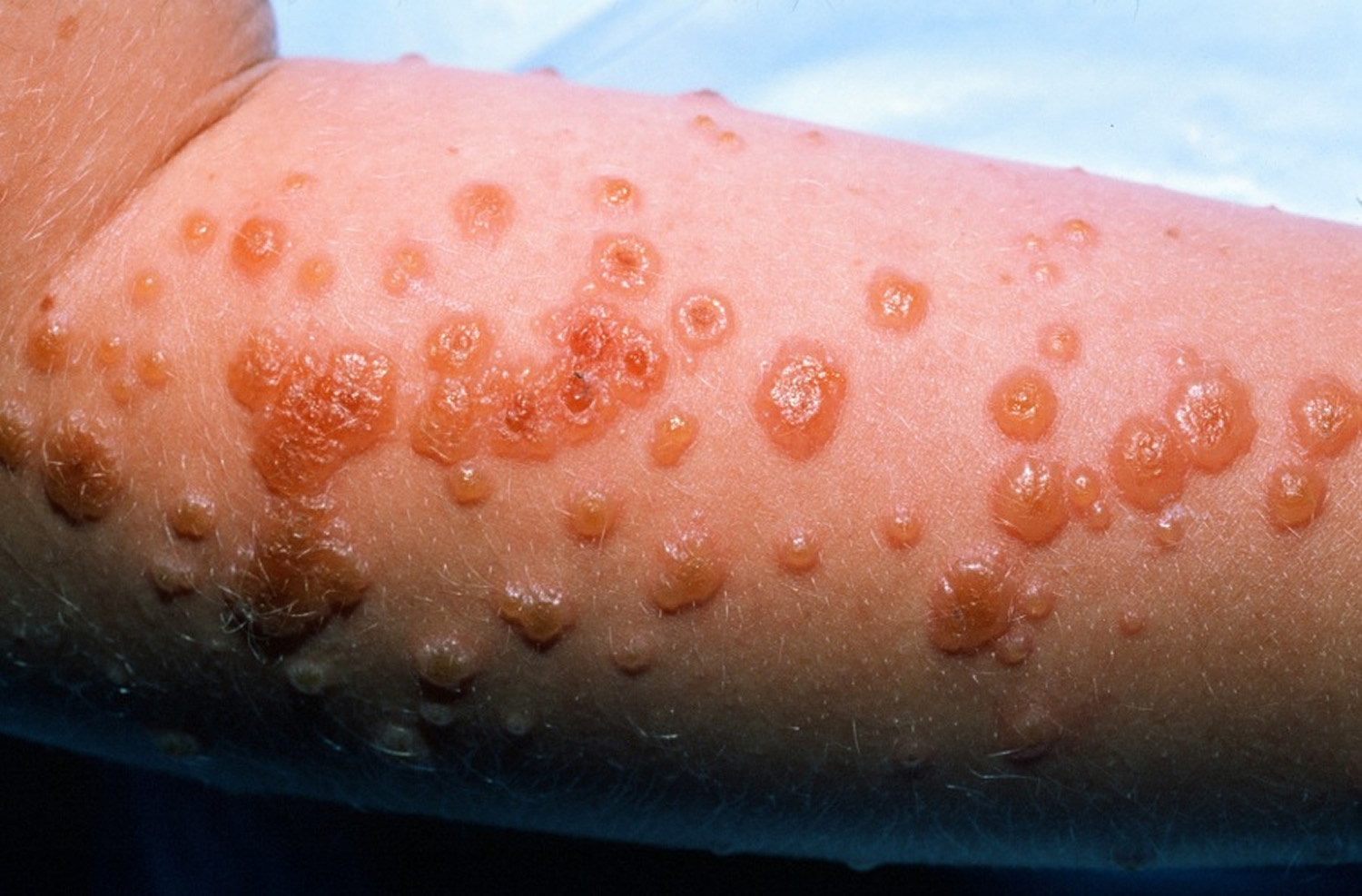
Stevens Johnson Syndrome SJS Causes, Symptoms, Treatment
Stevens-Johnson syndrome (SJS) and TEN were considered part of erythema multiforme (EM) spectrum of disease. EM has a less severe presentation with <10% TSBA involved, minimal mucous involvement and typical symmetrical target-lesions.[ 2 , 3 , 6 ] Nowadays, SJS and TEN (but not EM) are considered variants of the same pathologic process, differing only in the extent and severity of mucosal.

Sindrome de Stevens Johnson por reaccion de hipersensibilidad a medicamentos Dermatología
This medical condition combined with the Steven Johnson Syndrome affect 1 to 2 million people per year worldwide. It is more common in females than males. Individuals with Human Immunodeficiency Virus positive (HIV-positive) have an increased risk of developing this medical condition and Steven Johnson Syndrome of 1,000 times when compared to the general population.
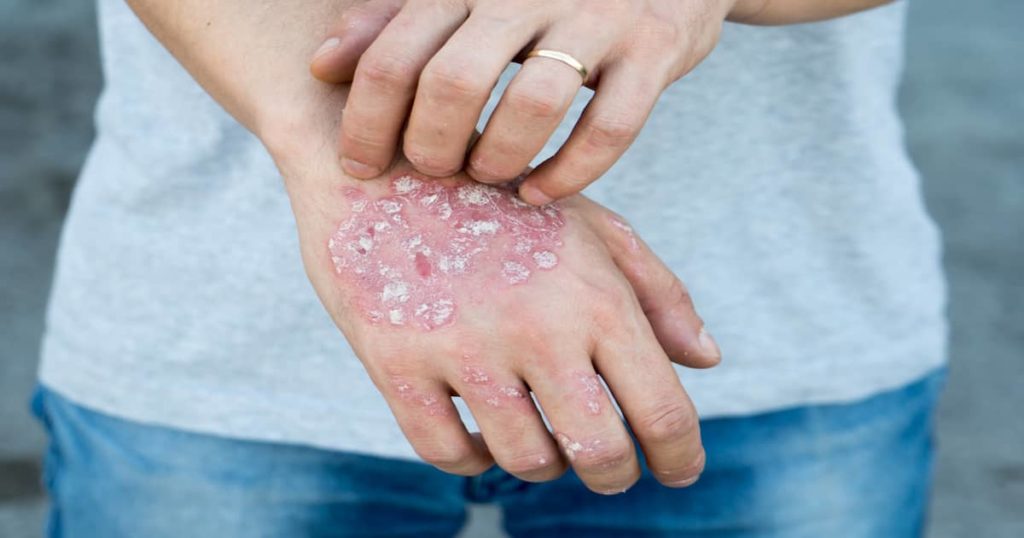
Sindrome Steven Johnson
Definition / general. Historically there has been controversy as to whether Stevens-Johnson syndrome (SJS) is a distinct entity or at the center of the disease spectrum that includes erythema multiforme (EM) and toxic epidermal necrolysis (TEN) Currently, there is an increasing trend for SJS and TEN as representing the ends of a spectrum of.
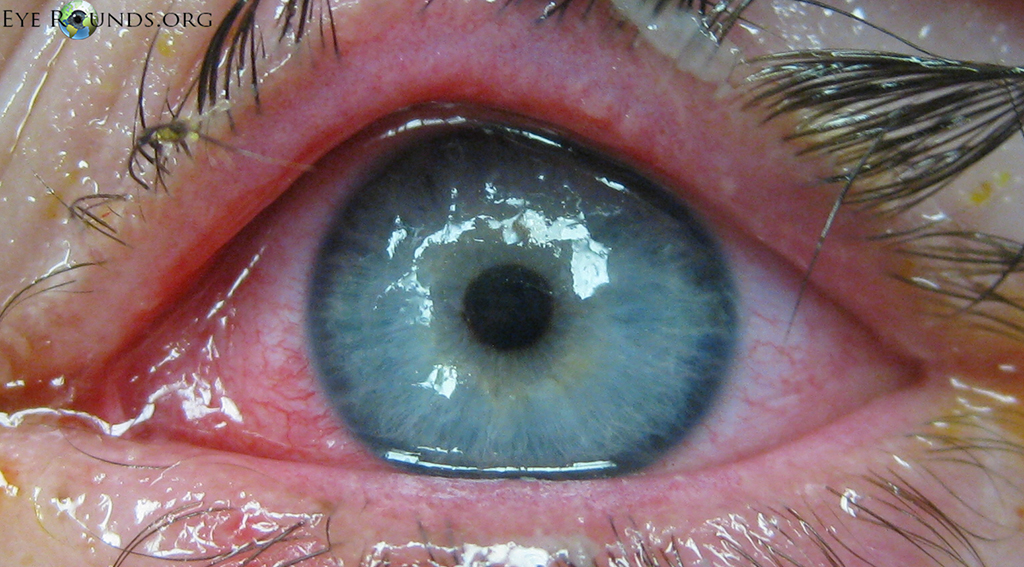
Ocular Manifestations of StevensJohnson Syndrome
Stevens-Johnson syndrome/toxic epidermal necrolysis is a rare, acute, serious, and potentially fatal skin reaction in which there are sheet-like skin and mucosal loss accompanied by systemic symptoms. Medications are causative in over 80% of cases. Stevens-Johnson syndrome/toxic epidermal necrolysis is classified by the extent of the detached.

Nghiên cứu chi tiết hội chứng StevenJohnson và Lyell do dị ứng thuốc
Stevens-Johnson syndrome (SJS) and toxic epidermal necrolysis (TEN) are severe cutaneous adverse reactions characterized by extensive necrosis and detachment of the epidermis. Mucous membranes are affected in more than 90 percent of patients, usually at two or more distinct sites .
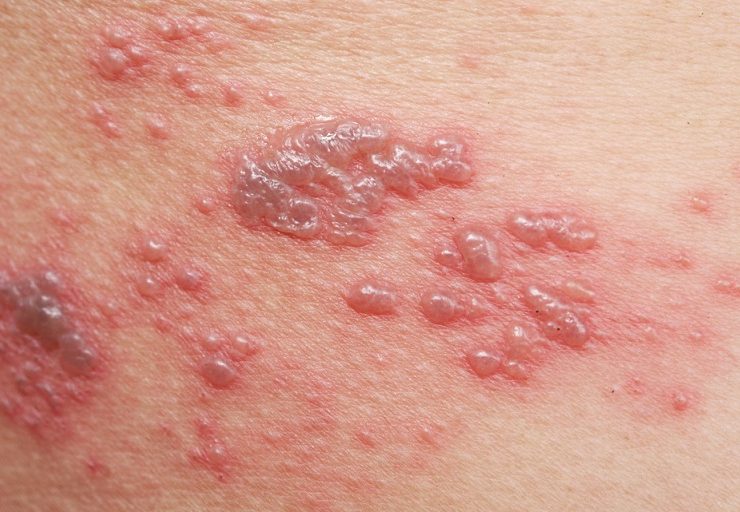
Dermatologia Archivi Prof. Antonino Di Pietro
Stevens-Johnson syndrome (SJS) and toxic epidermal necrolysis (TEN) are severe and sometimes life-threatening dermatoses that are caused by medication. They are characterized by sometimes extensive detachment of the epidermis and mucosal epithelia.
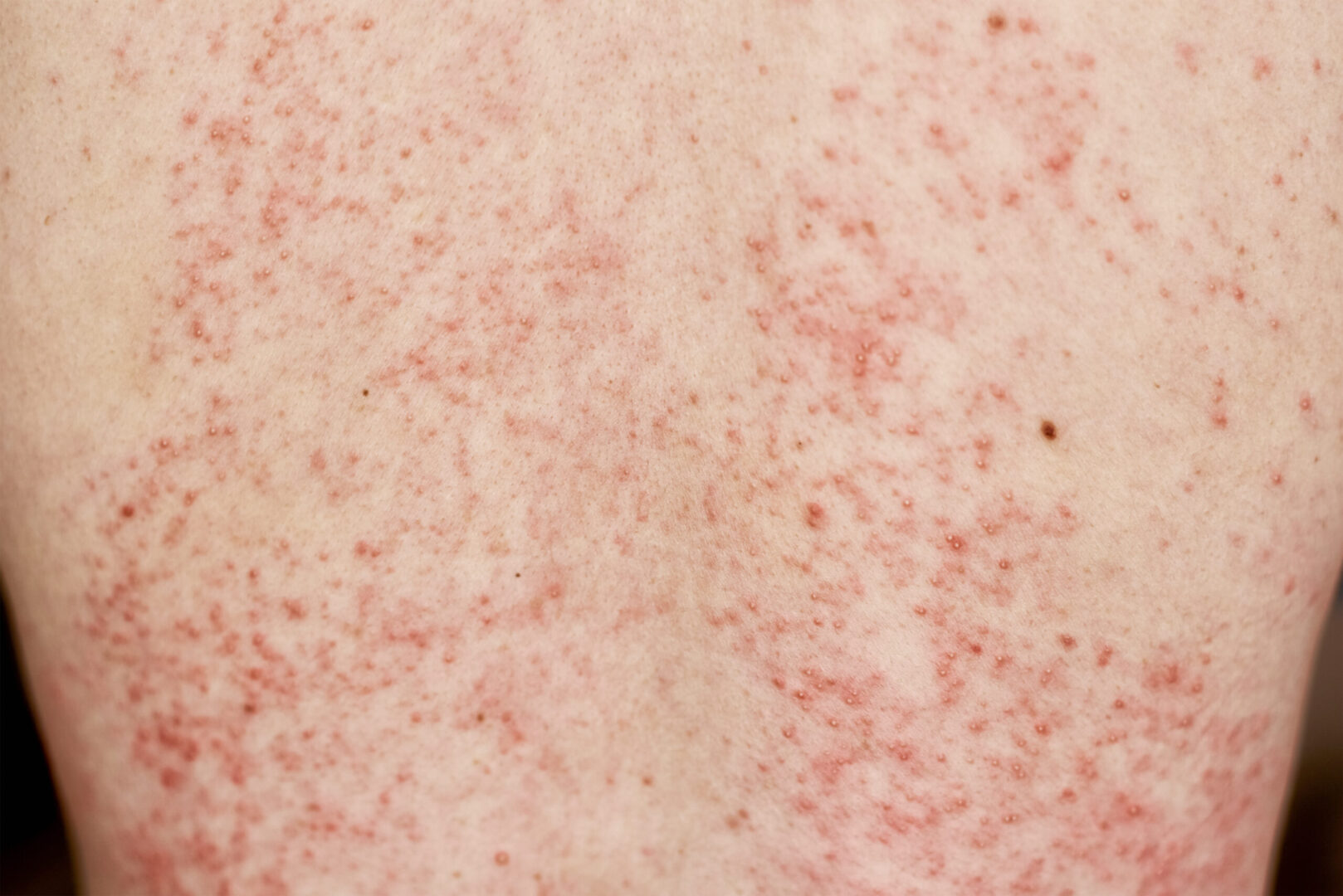
Sindrome di StevensJohnson NYSORA
Disease definition. An extended form of Stevens-Johnson syndrome/toxic epidermal necrolysis spectrum characterized by destruction and detachment of the skin epithelium, involving 30% or more of the body surface area, and mucous membranes. Onset usually occurs 4-28 days after administration of the causal medication and is most frequently.

8.sindrome de Steven Johnson y Sindrome de Lyell PDF Medicina CLINICA Enfermedades y
Stevens Johnson syndrome is on a spectrum of disease with toxic epidermal necrolysis syndrome (TENS) at the more severe end. Terminology depends on how much of the body surface area is involved 1,2: SJS: <10%. SJS-TENS overlap: 10-30%. TENS: >30%. Epidemiology. Stevens-Johnson syndrome is very rare, with an incidence of 1-2 per 1,000,000 3.

Sindrome di Lyell Cos’è? Come si Manifesta? Cause e Trattamento
Welcome. The Stevens-Johnson Syndrome Foundation is a non-profit organization founded in 1996. The purpose of the foundation is to provide the public and medical communities with information on adverse drug reactions. Our goal is to make the public aware of Stevens-Johnson Syndrome (SJS) and Toxic Epidermal Necrolysis (TEN), so that a quick.
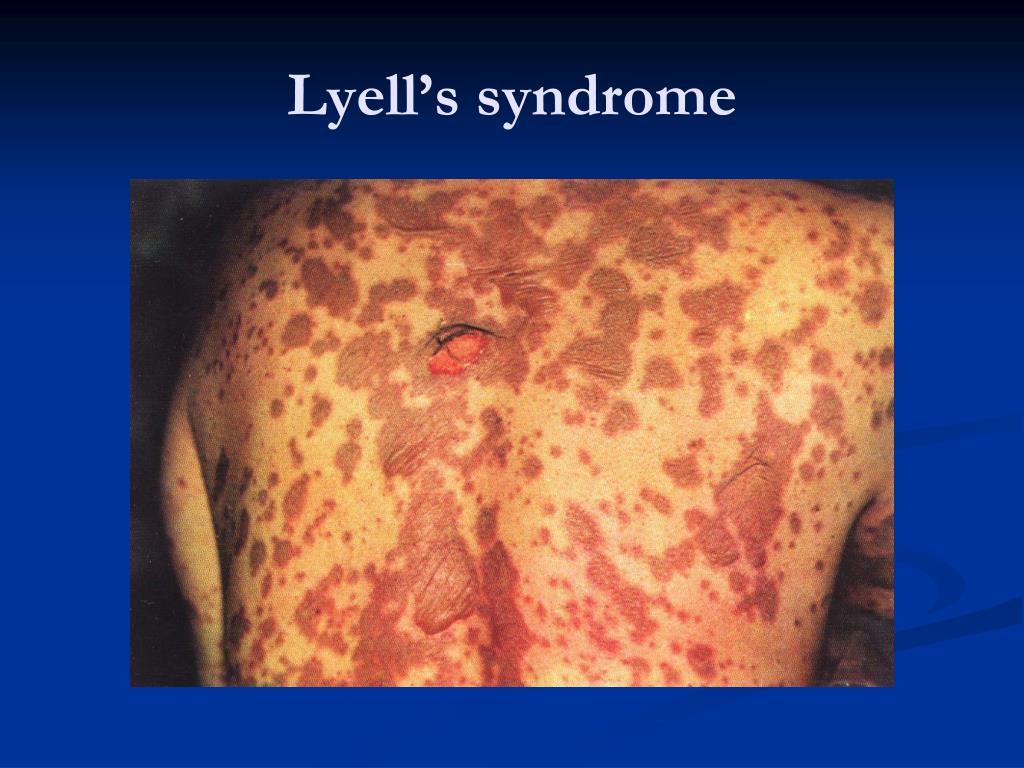
PPT Lecturer Gorishna Ivanna Lubomyrivna PowerPoint Presentation, free download ID6372121
One to three days before a rash develops, you may show early signs of Stevens-Johnson syndrome, including: Fever. A sore mouth and throat. Fatigue. Burning eyes. As the condition develops, other signs and symptoms include: Unexplained widespread skin pain. A red or purple rash that spreads. Blisters on your skin and the mucous membranes of the.
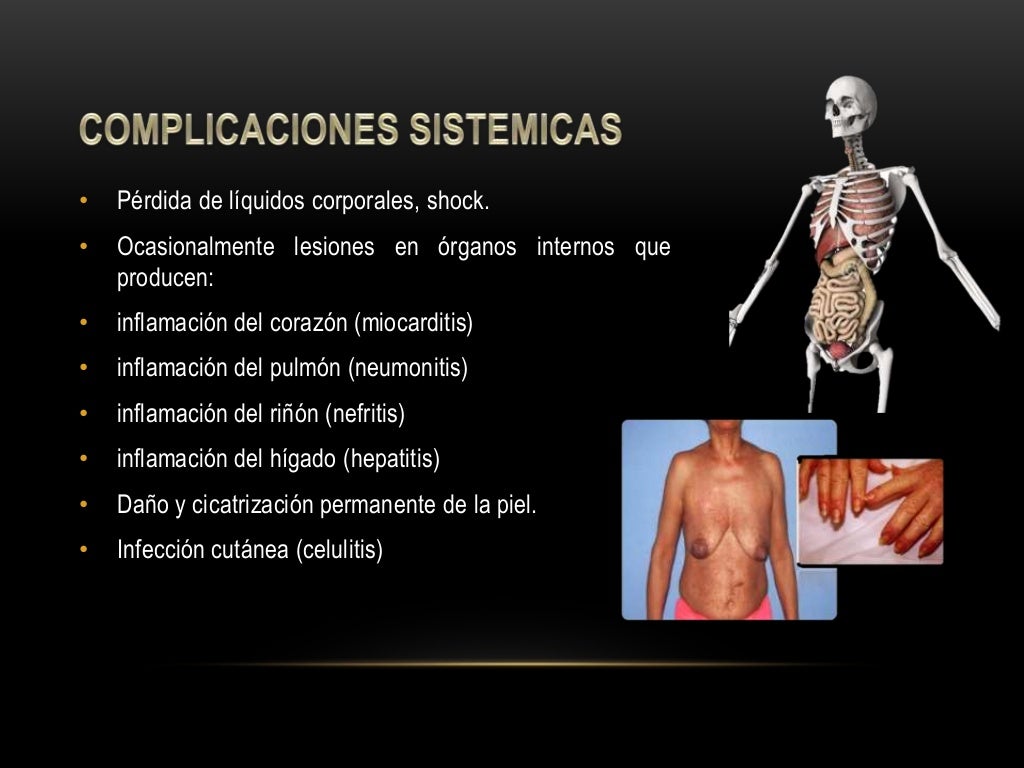
Síndrome steven johnson
Summary. Le syndrome de Stevens-Johnson et le syndrome de Lyell sont des toxidermies bulleuses graves qui peuvent engager le pronostic vital. Ce travail a pour objectif de décrire les données épidémiologiques, étiologiques, cliniques, thérapeutiques et évolutives des malades hospitalisés dans notre service de dermatologie.
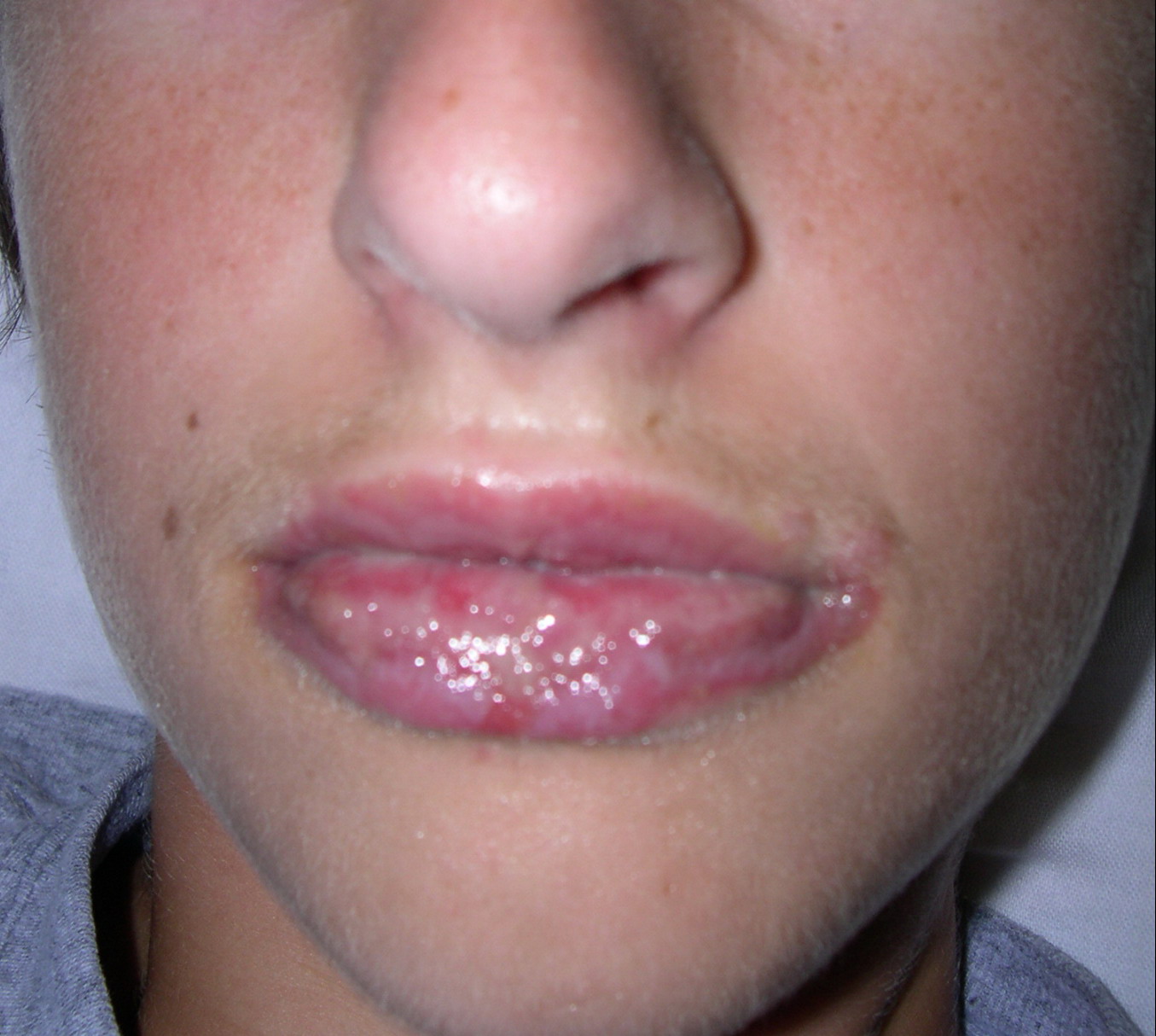
Sintético 92+ Foto Fotos Del Síndrome De Steven Johnson Lleno
Background. Stevens-Johnson Syndrome (SJS) and Toxic Epidermal Necrolysis (TEN) are a spectrum of disease which ultimately results in blistering and peeling of the skin. Mucous membranes can also be involved. SJS and TEN exist on a spectrum of disease. SJS involves <10% of the skin body surface area. TEN involves >30% of the skin body surface area.

Síndrome de StevenJohnson y necrólisis epidémica tóxica en Odontología Ocronos Editorial
1) Lyell syndrome is characterised by toxic epidermal necrolysis in which epidermal detachment affects more than 30% of the body surface area. Stevens-Johnson syndrome is a minor form affecting less than 10% of the body surface area; 2) Patients who present with these cutaneous symptoms, along with throat pain, red eyes and a damaged or.

Life Threatening Skin Rash series Stevens Johnson Syndrome Eczema Blues
Il meccanismo esatto della sindrome di Stevens-Johnson e della necrolisi epidermica tossica è sconosciuto: tuttavia, secondo un'ipotesi l'alterato metabolismo dei farmaci (p. es., l'incapacità di eliminare metaboliti reattivi) in alcuni pazienti scatena una reazione citotossica mediata dalle cellule T nei confronti degli antigeni del farmaco presenti nei cheratinociti.

Stevens Johnson Syndrome 215.546.2604 Feldman & Pinto
Stevens-Johnson Syndrome/Toxic Epidermal Necrosis (SJS/TEN) are two severe skin reactions that can cause your skin to develop rashes, blisters and then peel. 800.223.2273;. It is also known as Lyell's syndrome, Stevens-Johnson syndrome/toxic epidermal necrolysis, and Stevens-Johnson syndrome toxic epidermal necrolysis spectrum..
- Monti Tra Iran E Iraq
- Blue Jeans Testo Lana Del Rey
- Never Gonna Give Never Gonna Give
- Sergeant Pepper S Lonely Hearts Club Band Album Cover
- Mhc 1 E 2 Differenze
- The Look Of Love Testo
- Consorzio Agrario Castiglione Della Pescaia
- Baldur S Gate 3 Personaggi Origine
- Ferragosto Ok Film Cast Completo
- Alzheimer Sintomi Iniziali A Che Età